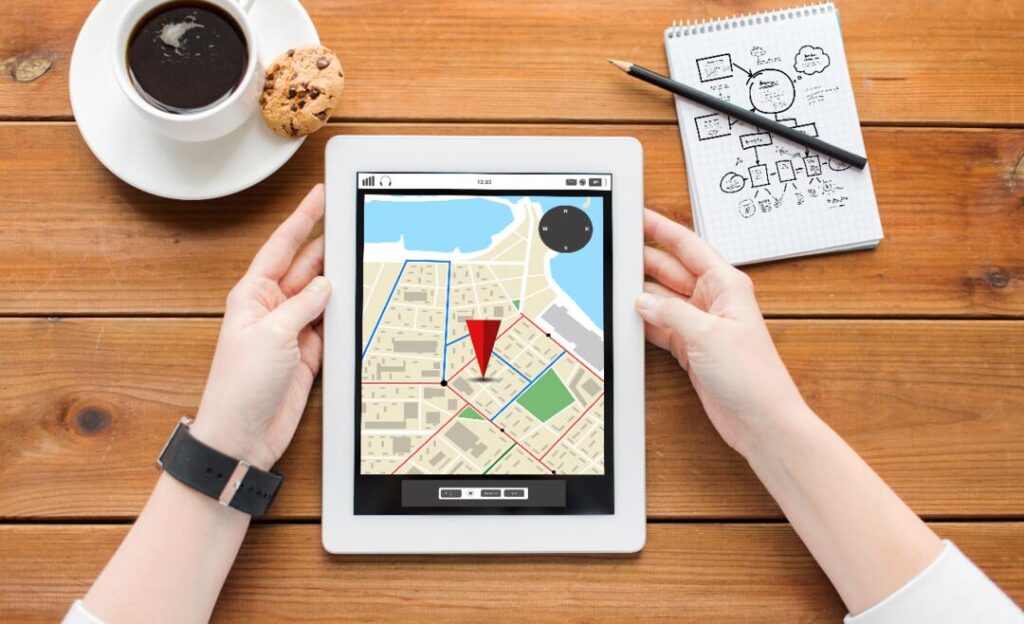Ever get confused how the ads on your phone have, all of a sudden, become so relevant to your surroundings? That’s the magic of location-based marketing. But what exactly is it, and how are top retailers using it to their advantage? Let’s explore the use of location services in marketing by first understanding the process and then further investigating it via four interesting case studies below.
What is Location Based Marketing?
It is a technology that uses a customer’s location to create targeted messages and promotions. By using GPS, Wi-Fi, Bluetooth and other methods, retailers can communicate with customers in real-time and offer exciting experiences that drive engagement and sales.
How Does it Increase Conversion Rates?
LBM increases conversion rates by targeting customers when they are most likely to make a purchase. Imagine walking by your favorite coffee shop and receiving a notification for a discount just as you feel a caffeine craving. This approach greatly increases the probability of converting potential customers to actual buyers.
Advantages of Location-Based Marketing
- Higher Engagement: Personalized offers are more attractive for customers.
- Improved Customer Experience: Unique experiences create and increase brand loyalty.
- Increased Foot Traffic: Brings on-the-go customers to the store through promotions.
- Data-Driven Insights: Provides insights on customer behavior and preferences.
4 Case Studies of Marketing Success Using Location Services
Burger King’s Whopper Detour
In a brilliant move, Burger King launched the Whopper Detour campaign, which geofenced McDonald’s locations. Customers who came within 600 feet of a McDonald’s received a notification to buy a Whopper for just one cent through the Burger King app. This creative use of geofencing not only boosted app downloads by 1.5 million but also drove significant foot traffic to Burger King restaurants.
Pokemon GO and McDonald’s
The collaboration between Pokemon GO and McDonald’s is a textbook example of good location-based marketing. McDonald’s restaurants were turned into PokeStops and Gyms within the game, driving enormous foot traffic to their locations. This partnership not only increased in-store visits but also attracted more consumer attention to McDonald’s.
Barneys NYC Beacon Network
Luxury retailer Barneys implemented a beacon network in its NYC flagship store, providing customers with personalized recommendations and promotions as they browsed. Through geofencing, they triggered explicit updates for all the customers who had installed the app and were near a Barneys local store. Information like stock levels and restaurant recommendations near the area allowed the consumers to stay within the marked geolocation using their local Barneys as an information hub.
Dunkin’ Donuts’ Mobile Push
Dunkin’ Donuts effectively used location-based promotions to attract more customers through their mobile app. They implemented fun contests and games to keep consumers engaged and interested in the platform. Through good user experience, location services and marketing strategies, Dunkin’ Donuts saw a massive increase in their foot traffic and app engagement.
How to Use Location-Based Marketing?
- Understand Your Audience: Use analytics to understand your consumers.
- Define Clear Objectives: Clearly define what you wish to achieve, whether it’s driving engagement or boosting sales.
- Use the Right Technology: Use GPS, Wi-Fi, beacons, and geofencing to create targeted campaigns.
- Personalized Ads: Create promotions based on customer location, history, and preferences.
- Monitor and Adjust: Monitor how your campaign is performing to make necessary and timely adjustments.
Conclusion
Location-based marketing is a powerful tool to have in your arsenal. It helps you connect with your customers on a deeper level and foster brand loyalty. Make sure to use the right technology and strategy, and always keep your customers at the very center of all your strategies and plans. Just like how Burger King has used geofencing to gain an edge over its competitor or how Barneys is using beacon control to assist their consumers, learn your use case by learning how you can play your part in helping your customers enjoy a seamless experience.




